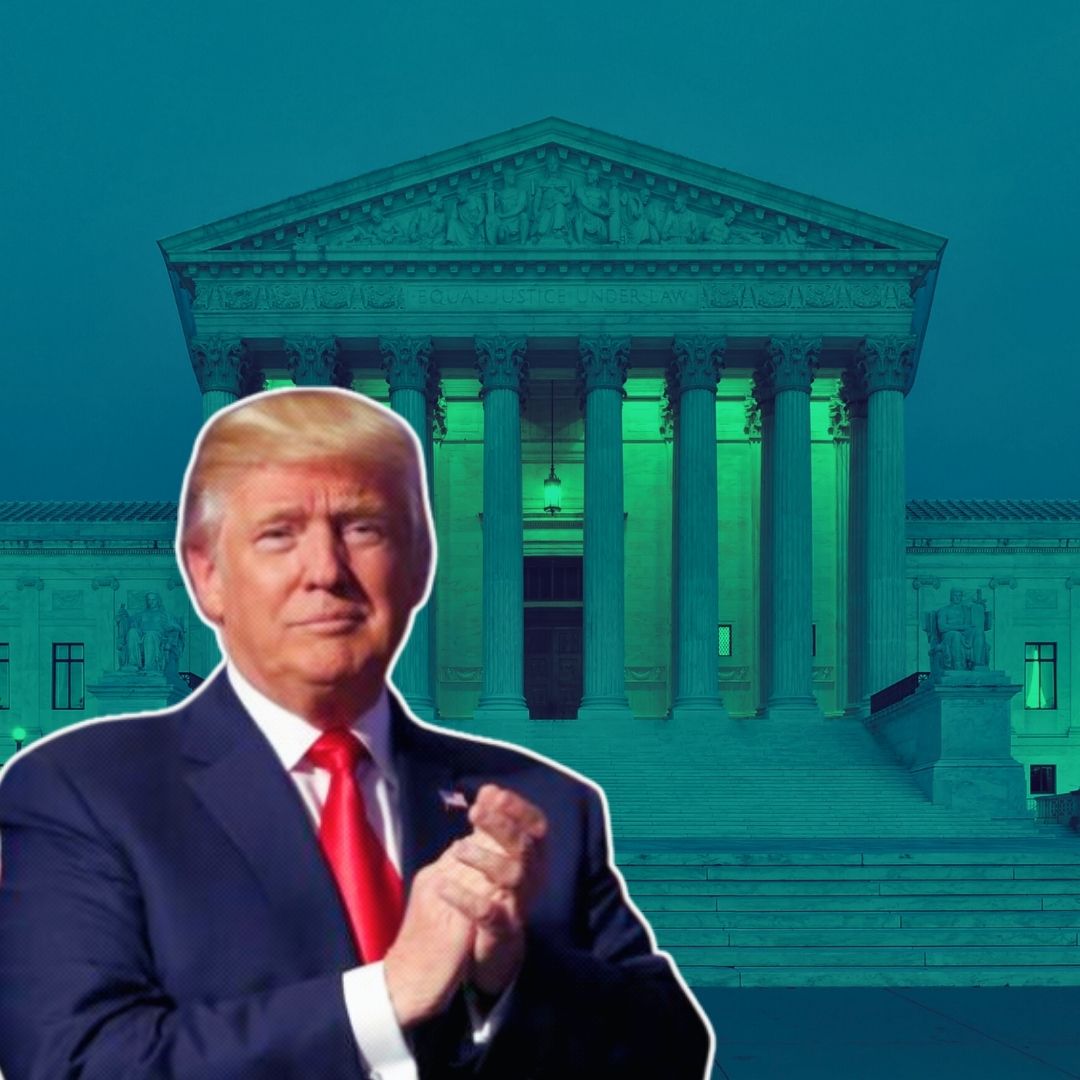The US Supreme Court on July 14, 2025, allowed President Donald Trump’s administration to resume mass layoffs at the Department of Education, permitting the firing of nearly 1,400 employees—almost half of its workforce. This ruling stayed a preliminary injunction issued by US District Judge Myong Joun of Boston, who had blocked the layoffs citing the risk of crippling the department’s operations.
The 6-3 decision reflects the conservative majority siding with the administration’s effort to shrink the department and transfer more control to states, while the three liberal justices dissenting warned of grave harm to students and constitutional checks and balances. Education Secretary Linda McMahon hailed the ruling as a step toward greater accountability and efficiency amid ongoing legal challenges.
Supreme Court Backs Trump’s Plan to Reshape Department of Education
The Supreme Court’s order stays a lower court injunction that had temporarily reversed the layoffs approved earlier this year, allowing the administration to proceed while the case is appealed. The Education Department workforce before the layoffs numbered around 4,133 and will reduce to fewer than 2,200 after these firings.
Justice Sonia Sotomayor, joined by Justices Elena Kagan and Ketanji Brown Jackson, strongly dissented, warning that “allowing the government to proceed will unleash untold harm, delaying or denying educational opportunities and leaving students vulnerable without key federal protections.”
Secretary McMahon called the ruling “a significant win for students and families” and said, “We are committed to promoting efficiency and returning authority to states while fulfilling our legal obligations.”
Background: Trump’s Push for Decentralised Education
The Trump administration has long advocated dismantling much of the Department of Education’s federal authority, seeking to reduce staff and delegate more power to individual states. The department, established nearly 45 years ago by Congress, plays a crucial role in managing student aid, enforcing civil rights, and supporting schools across the country.
Opponents argue that the mass layoffs and decentralisation threaten equitable access to education and federal oversight of discrimination policies. The legal battles stem from questions about whether the executive branch can unilaterally dismantle a federal agency that Congress created. Lower courts had previously ruled against the layoffs, leading the administration to seek emergency relief from the Supreme Court.
The Logical Indian’s Perspective
At The Logical Indian, we recognise the Supreme Court’s ruling as a reminder of the tensions inherent in balancing federal authority and state governance, especially in critical sectors like education.
While localisation of policy can lead to innovation and responsiveness, dismantling federal oversight risks leaving vulnerable students and communities without necessary protections and resources. We stress the importance of maintaining democratic processes and ensuring that such transformative changes occur through consensus and robust debate rather than executive fiat.
Today, the Supreme Court again confirmed the obvious: the President of the United States, as the head of the Executive Branch, has the ultimate authority to make decisions about staffing levels, administrative organization, and day-to-day operations of federal agencies. While…
— Secretary Linda McMahon (@EDSecMcMahon) July 14, 2025












